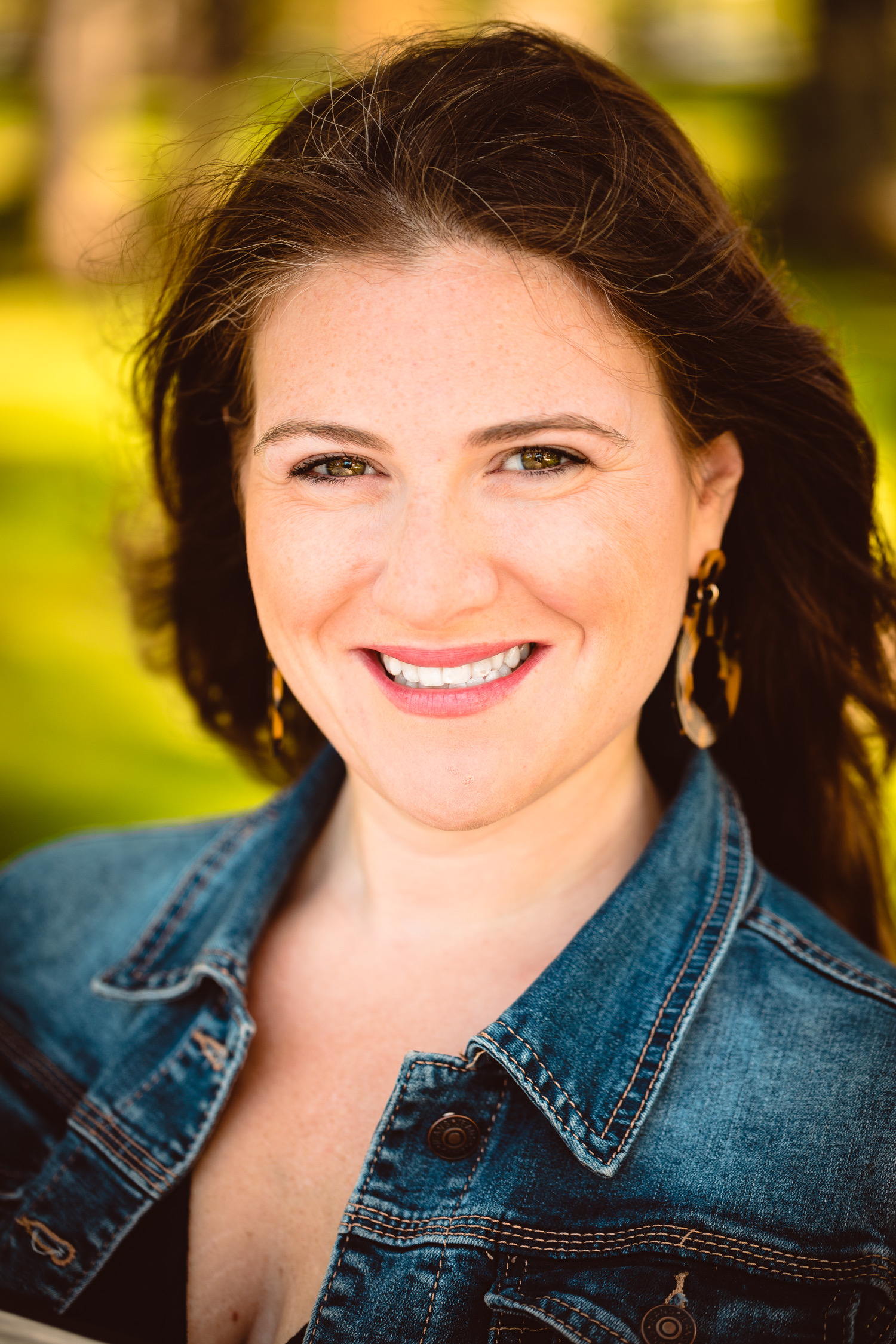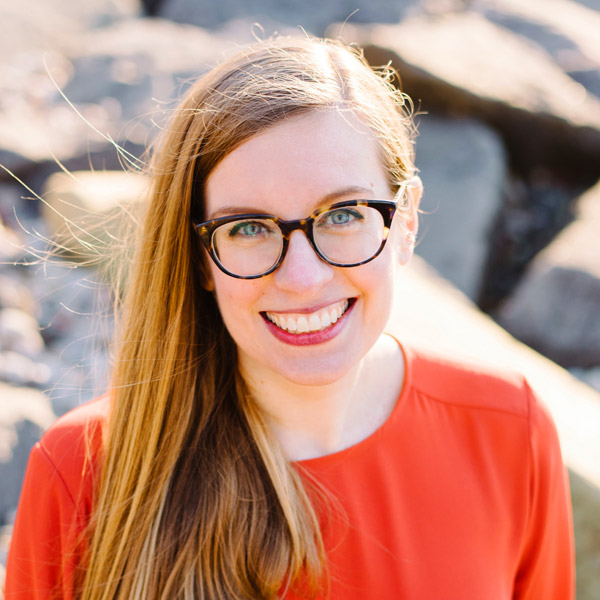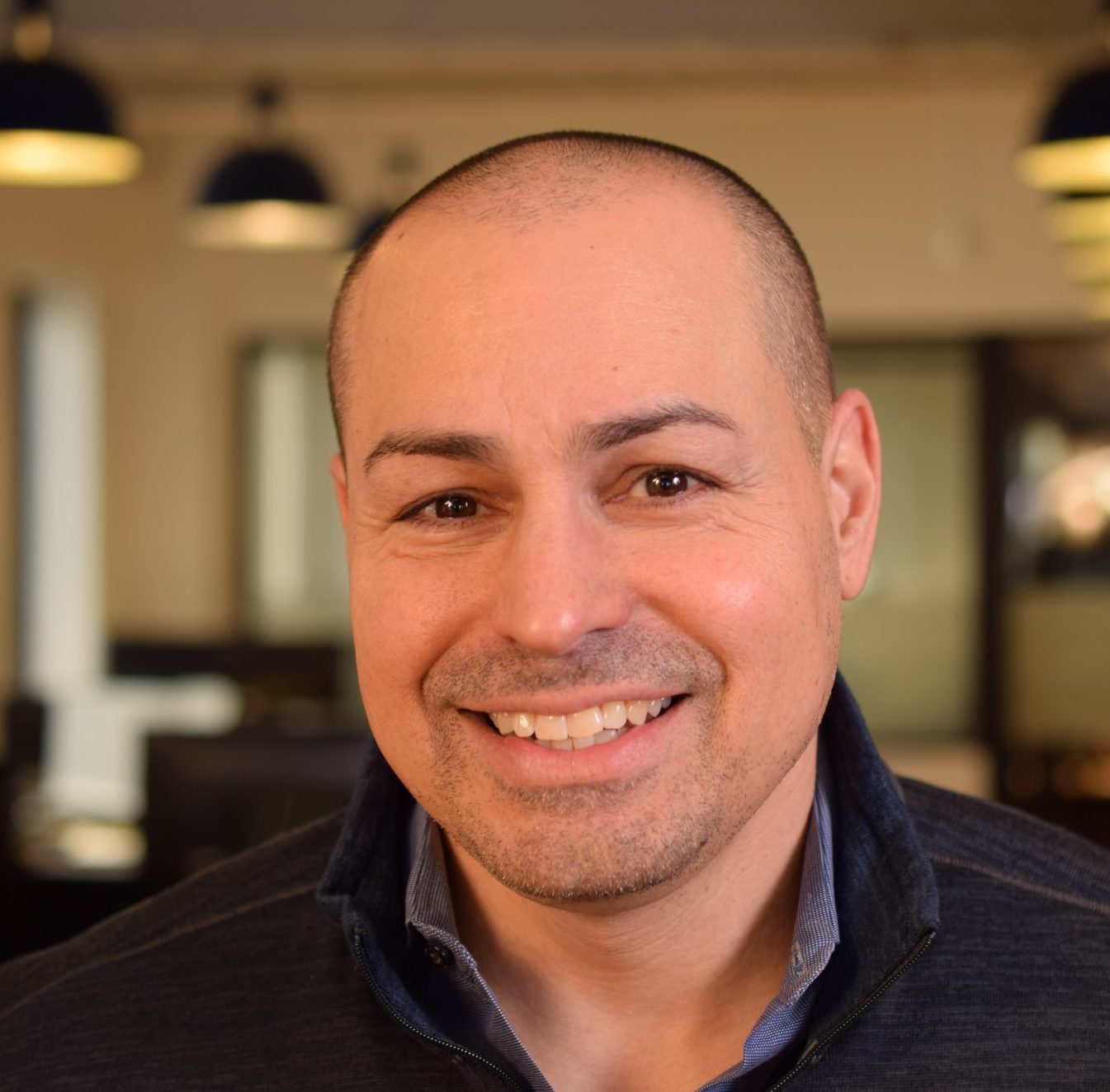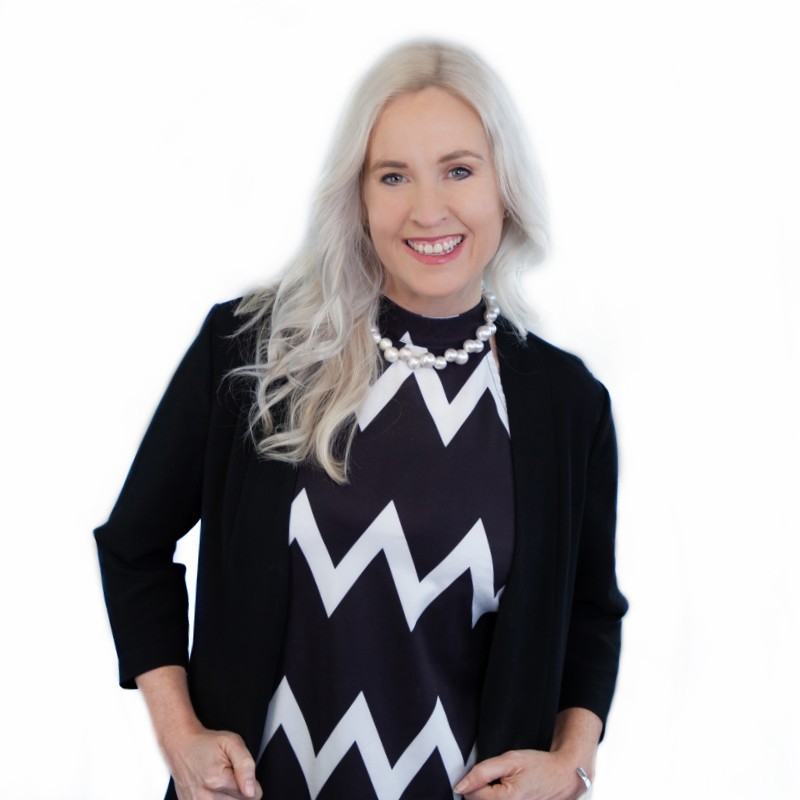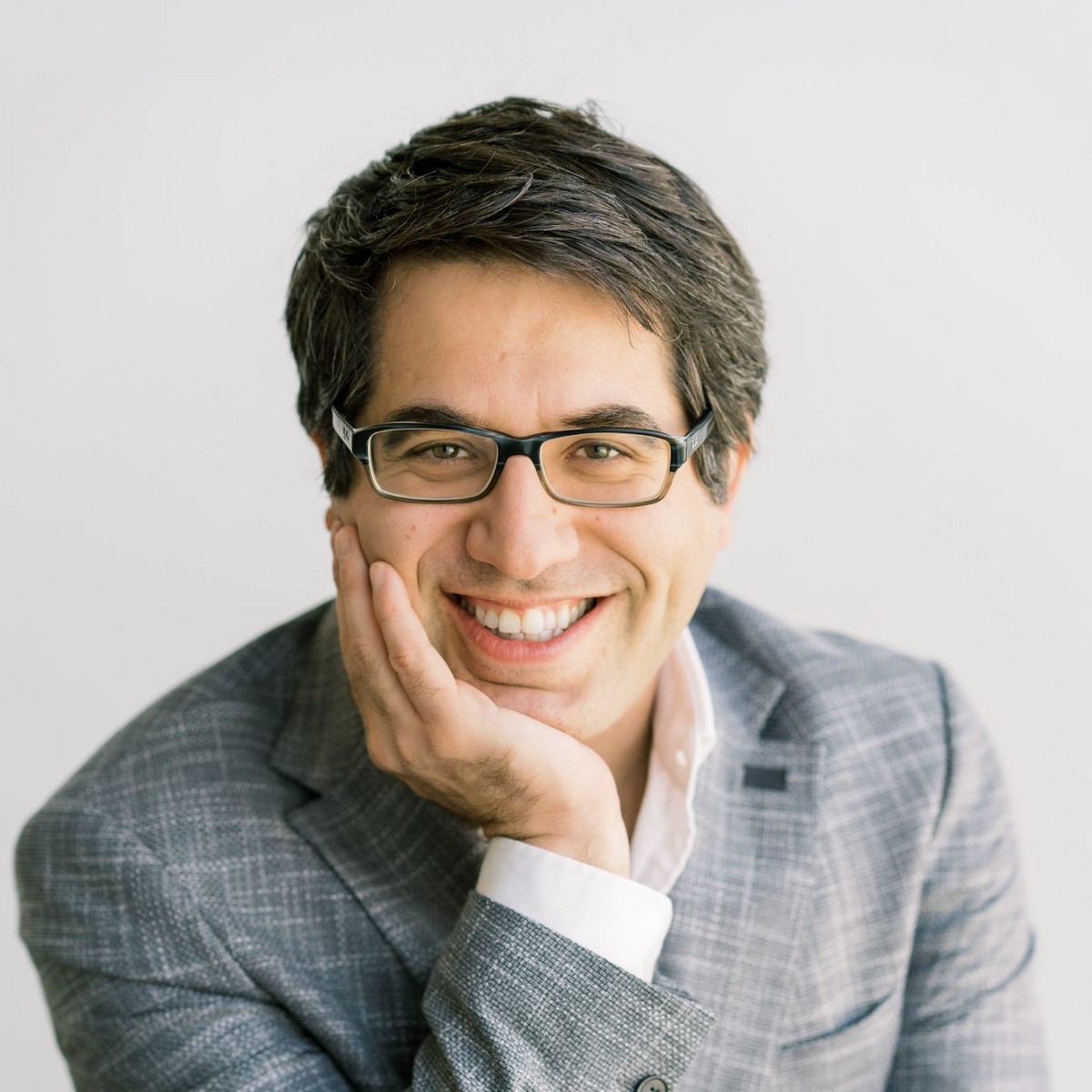Everyone wants to work with great talent, but most leaders aren’t ready for it.
Early on, Vivian Chan decided that she would make a workplace that was built for high caliber employees, but that meant that she needed to change the typical workplace agreements.
First, she built a collaboration system that wasn’t tied to a particular location. However, she did tie it to a particular “time zone HQ”. This allows most workers to be active at the same time and be able to trade information and data with each other.
Vivian has four things she builds into every part of her organization in order to continue to connect with high performing talent: clarity, curiosity, care, and celebration.
Clarity is important so that everyone knows what is expected of them and what they are working on. Curiosity means that she wants everyone in the company to be eager to learn new things and have the freedom to explore those paths. Care means how they treat each other. Being in a high-talent situation doesn’t mean everyone is cut-throat. Actually, they want to encourage each other and show their humanity. Celebration is also baked into their systems so that they can encourage each other in the good work each of them does.
Vivian also takes a lot of insight from The Alliance by Reid Hoffman in how she sets up her contracts and agreements with employees. Most people at Sparrho sign up for a “tour of duty” which might be for 2-5 years and is explicit about the opportunities that company is going to give and the expectations it has.
Working with the best talent doesn’t mean managing assholes all day. Vivian has lined out a way you can still respect people’s humanity while expecting amazing work.
Links
Welcome back to The Digital Workplace podcast. Today our guest is Vivian Chan. She is the CEO and Co-Founder of Sparrho. Hey Vivian, how are you today?
Good. Thank you. Thank you so much for having me on your show today.
Well, you’re an awesome guest, and we’re excited to have you on. There’s a lot of stuff we want to talk about. But first, let me make sure you are a certified human. Let’s do a capture question here. So, your question is, what’s something that you think will become obsolete in 10 years?
That actually, I think, is a pretty tricky question. But just to verify, I am human. I think I worry starting to see it. These days there’s less and less human checkouts, especially in Uniqlo. I don’t know if you’ve seen some of those automatic checkout machines that are becoming absolutely amazing. You just drop the basket in, it automatically detects what you have in your basket, and you just pay. So, that’s becoming very, very scary, actually.
Yeah. In the same way that I feel like there used to be elevator-men that would stand there and push the button for you. If I tried to explain it to my kids, they are like, ‘What are you talking about?’ Like that doesn’t make any sense. I feel like their kids will also be like, ‘There are people that checked you out?’
Yeah, exactly. And asked you, ‘Number 13?’ And then you just press, ‘Number 13.’
Yeah, great. Well, cool. Vivian, tell us a little bit about your company and how you got started.
Yes. So, Sparrho is really founded out of a personal pain point of mine, where I originally was a life science investor, and I found it quite hard and inaccessible to stay on top of cutting-edge scientific research and make investment decisions. And ultimately through a series of different events, after doing my PhD at Cambridge University in the United Kingdom, and then I ended up becoming an entrepreneur to set out on the journey to solve that problem that we speak of. So, we’re trying to democratize access to scientific research and make it much more understandable and accessible for everyone, not just technical audiences, to better make their own informed decisions.
So very, very evident these days now with pandemic, especially the COVID-19 that’s happened. It’s really made the market or the individuals outside of scientific research really aware of why everyone wants to understand what’s happening in science, and better make those decisions on, ‘When do I go back to the workplace?’ ‘Is it safe to go back to the workplace?’ ‘Should I be taking my kids to school right now?’ Or ‘What kind of antibody tests and PCR tests should have I taken?’ All that basic understanding of scientific information becomes much more of a household discussion point, now than it ever has been.
And not just a discussion point, but it’s something that everyone gets an opinion on, right? I get to say what I think is right, and what I think is wrong. And that matters just as much as anyone else, which I love. Let’s go ahead and jump into that, talking about the level of trust that people have in scientific reports that come out. Where are we on that? What are the big issues that you’re trying to tackle with it?
Yeah, absolutely. So, trust is such a good point. Because trust is actually at an all-time low at the moment around the world, around traditional general media, and information in general. But even with, especially that’s not even to do with scientific research, that’s just general news already, where there is a massive truth decay that’s happening. But ironically, people have also voted that their most trusted information source, generally is, scientific journal papers. But however, less than 3% of scientific journals are actually accessible to the wider audience. If you’re not a scientist, or a doctor, and you’re paying for the research articles, it’s really hard to even understand the technical language that is written in the journal articles, let alone make decisions out of it. So, we’re trying to fight that truth decay. But we’re not journalists.
We are a team of scientists and technologists and we also have a network of scientists that are actually working with us to really try to democratize access, to make a better new quality standard of evidence-based content, to try to allow for these kind of misinformation, social media chats and stuff like that, to actually have real evidence being dropped into it. So yeah, that’s what we’re trying to enable for the individuals, to really consume information on a day-to-day basis that is not politically driven, that is not opinionated, but really just coming back to the core scientific evidence – what does the science say and what decisions can I make for myself based on knowledge?
Well, let’s talk about the future of that. Because I feel there’s not going back to the good old days again when we just trusted science, if there ever was such a thing. We can’t go back there. The genies are out of the bottle, so to speak. All of your parents and everything, they get all their information from WhatsApp groups, or from Facebook channels and different things like that. So, what is a more positive, productive, for-society way to look at science truths? It feels like where we are right now, it’s horrible. We can’t stay where we are. So, where do you want to take us to?
Yeah. So, I think the inaccessibility has a couple of different levels. So, the first level is actually, currently, the status quo in order to access any of the information is that the user needs to know all the technical keywords. You need to type in the technical keywords into such terms and then you have to pull out the information, which is very limiting. That means the user needs to know exactly what they’re looking for, to be able to even try to surface that. So, that’s like the first step, the first barrier to entry. Then if you do land on pieces of content that you think is relevant, you’ve got a paywall issue. So, the publishers are then charging you per article, unless you’ve bought in bulk, to access the information. And if you’re willing to even pay beyond that, then you are staring at pages and pages of really technical content, because it was actually written for a different audience. And so, what we’re trying to do is modernize that.
The information is already out there, especially in some of the areas like say, women’s health and fertility research. The information is there, but it’s not necessarily brought into the right channels. It’s not actually conveyed and written for the right audience in the right channels to be presented at the right time. So, that’s really where we’re trying to hone-in on all three fronts, and really start looking at the lens of, ‘Okay, these scientists are actually doing the research day in day out. How are they using scientific journals as a platform to communicate science? And can we enable them using a different platform to also communicate their research, but with a slightly different audience so that they can actually communicate their impact to a much wider audience.’
And then being able to actually not just have it in terms of summarization but deliver it into different kinds of mediums that people nowadays want to digest. Summaries are written form, podcast form, newsletters, social media, just really enable the content to be at the places that the individuals want to share.
Yeah, makes sense. I believe in your mission a lot and I wish you all the best in it. And I want to take a transition a little bit to talk about the actual team you’re building to do this. Because you can’t just do it on your own. You have to build something. We’re talking about a digital workplace on this topic. So, tell me about the team that you have that’s working on this project.
Yeah, and this is such an exciting topic. Because culture, I think, is really important, to be thinking very early on. Even though we might be still an early-stage startup with a small team, we’re quite remote. And I think the way that we’ve been thinking about it is building upon the core principles that every company should be thinking about anyways, really understanding what drives the individual people in the team.
So, we’ve got some team members in London. We’ve also got US, and currently because of COVID, also spread out in Europe. And then our network of scientists is global. They’re in pretty much every single continent you can think of. And we also have clients out in the APEC region. So, multiple different time zones that we’re working with, but the core team is really European and the USA time zone. And that really does actually help us with a couple of things. When we are thinking about hiring right now, in terms of the full-time hires, not so much the contractors, we want to maximize overlap time. And so, we actually appreciate that not every single person has to be in the same time zone. But European time zone, and also, the best maximum five to six hours overlap, is a really good time, and way to work together.
But really, when it comes down to the core values of the business, we actually have four very distinct core values that we co-created with the team. And those are like ‘four C’s’ for us. And every company is going to have different ones. But especially nowadays, when we are also remote and virtual, we think articulating those values and propositions are even more important than ever.
So, for us, it’s about clarity. So, clarity is really important now, especially with communications. And we can talk a little bit more about the different tools and communication stuff that seems to work really well for us.
Care. Absolutely lots of care. Because we don’t have that physical interaction anymore for team bonding exercises.
For us, curiosity is really important. Because we’re a startup trying to make a lot of changes so we’re trying to hire people who are just naturally curious not only about their work, but about the world. And we’re also empowering individuals and our team members to make change, whether that is small step changes. We’ve also got a bit of a recognition culture, where we realize that in a startup, it’s not necessarily always about the destination but it’s about the journey that we take on together.
So, we do actually try to celebrate every single small victory along the way. So, we do weekly shoutouts. And then we started pairing those shoutouts out with some of these Slack integration tools. So, Bonusly is one that one of our team members have actually recommended and we’re using it quite well now, allowing for the shoutouts to also have points that get assigned and then employees can actually recognize and turn those points into actual rewards down the track.
So, there’s a lot of really great digital collaboration tools that I think, it’s exploded. It’s because of the pandemic as well. And depending on what the company’s core values and cultures are, there’s so many tools to be able to amplify that.
Yeah, there’s a lot you mentioned. I’m going to come back to several different things. Let me start with the time zone issue. It seems like if you have a company that doesn’t have a headquarters and your location independent, do you feel like it’s still important to have at least a time zone headquarters, so to speak, to centralize that work there? Because I’ve worked in teams that have been fully distributed all around the world and it’s great, but it’s also extremely frustrating. Because you might have one conversation a day, and then work just stops. And then you’ve got to have one more that comes in and goes through there. So, has that been a conscious choice of you saying, ‘It’s okay. We’re going to centralize on this, maybe Western European or Central European time zone, as the key point?’
Yeah. So, I guess, naturally our offices were in London. So, we kind of have naturally used the London time zone as the headquarters time zone, as you call it. And then really look for, especially for full-time employees, plus or minus five hours differences. So far, it’s really been European time zone centered around the London time zone. And then even with the US, we’ve actively tried to hire Eastern or Central time zones, because they maximize the most amount of overlap. But that’s really just for full-time. But if you’re looking for, you know, we’ve got advisors out in California, Silicon Valley. It completely does work. And so, it actually forces us to be really prepared. And I think the preparation is even more important now than ever. We try to not have as many meetings. I know, it may sound ironic. But sometimes just for the sake of having meetings means that people can be lazy. ‘Oh, I just spoke to so-and-so, and I’ve just asked him about something else.’
But what we really try to do now is, actually every single meeting has a clear goal, and has an agenda. And that agenda gets set ahead of time. And so, everyone is prepared by the time they go into the meeting. Even if it’s a brainstorming meeting or a retrospective meeting, which we recently had, then everyone knows that that’s the time for, ‘Oh, which of the six hats am I putting on to get the most out of it.’ And then also sometimes because we have a difference of time zone, it forces us to reflect as well. Do I really want to speak to so-and-so? And then actually, can I find that information somewhere else? There’s pros and cons. There’s definitely pros and cons. You can’t just have those cooler conversations, and coffee chats and stuff like that, too. For us so far, it’s worked really well, if the organizations are done.
Yeah, I like that. Because like you said, you don’t want to call it lazy. But there’s a certain amount of, you can rely on the spontaneity and the serendipity of just being all, even if it is on the same time zone, even if you’re just using Slack or something like that, like, ‘I don’t have to worry about it because I can get in touch with these people all day long. Anytime I want it, it’s there.’ Whereas if you are spread out a little bit, that does force you to plan ahead. It forces you to make sure, ‘If I have this one meeting, I’m not going to have this meeting again later today. So, I have to make sure that we get everything we need out of that. And so, I need to think through that, plan ahead, prepare people for that.’ And it requires a lot more intentionality, which I think is consistent across most digital workplaces. It just takes a little bit more thoughtfulness.
Yeah, absolutely. And that thoughtfulness is, for us at least, is very much appreciated. Even if it’s thoughtfulness on a social level. That’s where we also start seeing people checking in, just like, ‘You’ve had your vaccine. How was it?’ And also, just being thoughtful that someone might be recovering from the vaccine side effects and just helping each other out on planning on a day-to-day level.
Yeah, excellent. One of the core values you mentioned was curiosity. And I am curious as to how you gauge that, especially if you’re talking about a full-time hire? How do you know if somebody brings those attributes of curiosity into a role?
Yeah, so that’s a very good question. So yes, we embed it in part of the interview process. You do get a sense on how many questions they ask you. That’s like a recall basis within the interview process. How interested are they generally? How much research they’ve done on the company beforehand? Some of the stuff may seem quite basic, but it does already start painting how curious someone is naturally, and we’re always looking for curious individuals.
Because for me, as a CEO, there’s three different P’s that I prioritize, which is always people first. And if you find the right kind of curious mindset of people to build a team, then your products will actually evolve to be some of the most innovative ones. And then the third P was profit. In that order. That is something that as a CEO, I have to really worry about. But the curiosity element of it is also when we do go back and ask them about other things in their life. I’m generally just curious about my team members as a human being, not as a title. And that really does shine through. Because you do end up having just more of a social conversation, and when you do have the social conversations, you can also pick out the curiosity and the nature of them, in terms of how they’ve gone about seeing the world.
And then how we recognize curiosity as well, it’s also just part of the shock mounts as well. But if people are always asking the right questions, there is no wrong question actually. If we’re actually comfortable asking questions, then sometimes the most naive questions are the best questions that no one’s been asking. So, we do try to have a ‘key learnings’ section in our weekly team meetings as well, just people sharing what other things they might have learned this week, that might not be the core topics of the company but just interesting other parts of learning that they thought they could also share.
Yeah. I think a lot of people that are in your position are hearing all this, and they may be getting a little bit of anxiety thinking like, ‘Oh my gosh, that’s so much to recognize. Not only do I have to run a company, but I have to think about all the health of all the people on my team. I got to think about everything else that’s there. I got to think about building this culture. I got to think about all these types of things.’ And you’re in a startup phase too. You’re trying to build a company and make it succeed and get going. How have you dealt with that pressure of feeling like you’re not only creating a business, but you’re creating a culture, you’re creating this community around things? Have you been able to distribute that amongst other team members? Or do you feel all that weight on yourself?
Very good question. Because I have felt the balance and the rebalance thing that I’ve had to do. And it all does come back to ultimately the people that you choose. That isn’t so much just an internal team, but also your investors. So, I’m thinking about the investors and the advisors and everyone else around us. Because if you get the right investors who also share the same values, that you’ve got to put the team first and care about the team and put time aside to be looking at culture, then those are the right people that I want investing in my company. So, it starts all the way from there.
But there’s always a time where it’s all about execution. And I’m trying to balance that with strategy. But more and more now that I signed to actually have more of a horizon, in terms of we know what the products are, we know where we’re going, then that gives me more of a breathing space to start thinking about it from a collective culture perspective. So, as a starting point, I’ve always started to do it much more on an individual level. Because obviously, you are line managing, etcetera.
And the book that I absolutely love is called ‘The Alliance’ by Reid Hoffman. And I don’t know if you’ve read about it, but highly recommend it in terms of how you build. It’s a two-way street. It’s what they call as “tour of duties”. And it’s not just about what they can do for the company, but it’s what the company can do for them too. And having those frank conversations and building that relationship as a standing point, and then building stepping-stones to doing that collectively, is something that I do carve out quite a lot more time now, than I was able to, in the beginning.
And also, trying to also have a distribution. Not so much. There is one person that on the team is helping me a little bit more, in terms of, for example, we’ve got shoutouts. How do we turn those shoutouts into real recognition points? I have someone who went off and did some research and they came back, ‘Oh, there’s a Slack integration called Bonusly. Let’s try that out.’
But ultimately, their core values and all of that can’t be distributed. Because they should be the part of the people who build the culture. And the culture will evolve. So, we also just visit and do a check-in on that on a quarterly basis, and also on an annual basis. But the check-ins and the shoutouts and stuff, it really only takes five minutes every week to kind of go, ‘Hey, I want to recognize Neil for doing such an amazing job hosting The Digital Workplace’ or something like that. And then he has five points.
Yay.
And that’s it.
Right. I’m going to write that down. I got five points. Yeah, I think it’s great. And the book, ‘The Alliance’ presents a great new way to think about employment, partnerships, and not just about, ‘Hey, now I’ve hired you. Therefore, you work for me for the rest of your life’. We can’t think about that anymore. We have to think about these new ways of engaging people thinking about, like you said, ‘Is this a full-time employee? Is this a consultant? Is this somebody that’s just working on a project for a while?’ All those things are huge issues. And I’m glad you’re there. I think you’re leading the way in forming these new types of organizations, new types of relationships that are still positive with employees and really serve us better in that. So, thanks a lot for being a leader, for coming on and sharing a lot of your insights with us. Where can people go if they want to learn more about you and your company?
Yeah, definitely just check us out on Sparrho.com, especially for those who are interested in our latest new product launch that’s happening later this year. Otherwise, if you want to just send me a message as well, feel free to find me on LinkedIn, Vivian Chan. So, you can just look for that, especially location London, that might help narrow it down. And just send me a DM if you wanted to connect.
Excellent. Well, this will not be the last time we reach out to you and get your insight because I think you’re doing some great stuff. I’m going to keep tracking with you. But thanks for being on this show. And we look forward to connecting with you again soon.
Thank you so much for hosting. It was a lot of fun.
Vivian Chan is the Founder of Sparrho and an inaugural member of UK Entrepreneur First. She’s also a Founding Partner at Silicon Fen Concepts, and is a PhD Graduate in Biochemistry, Cambridge University.





